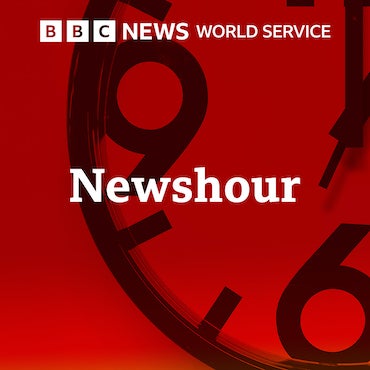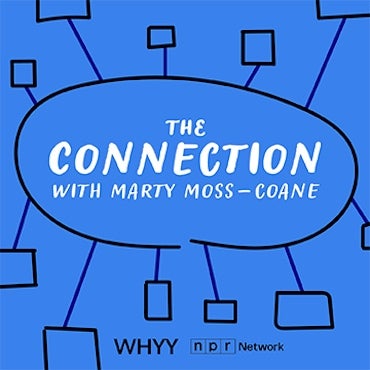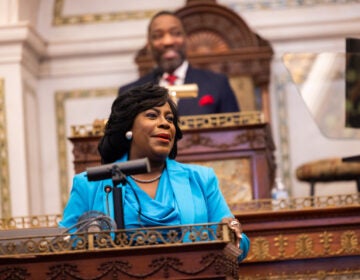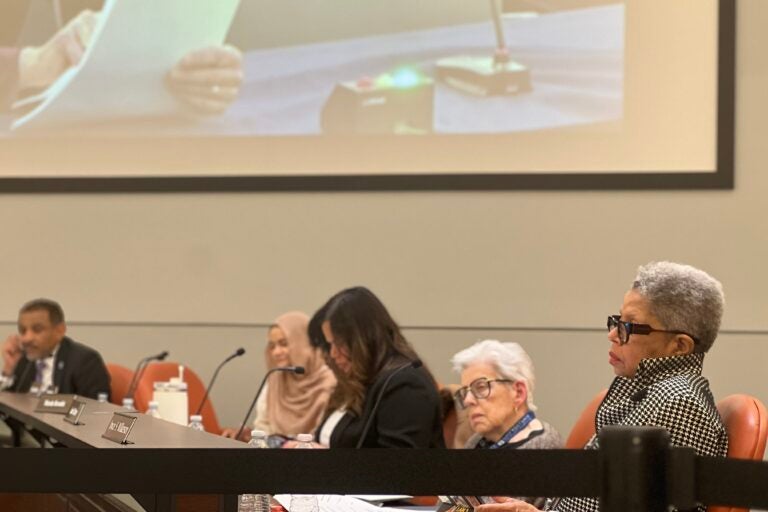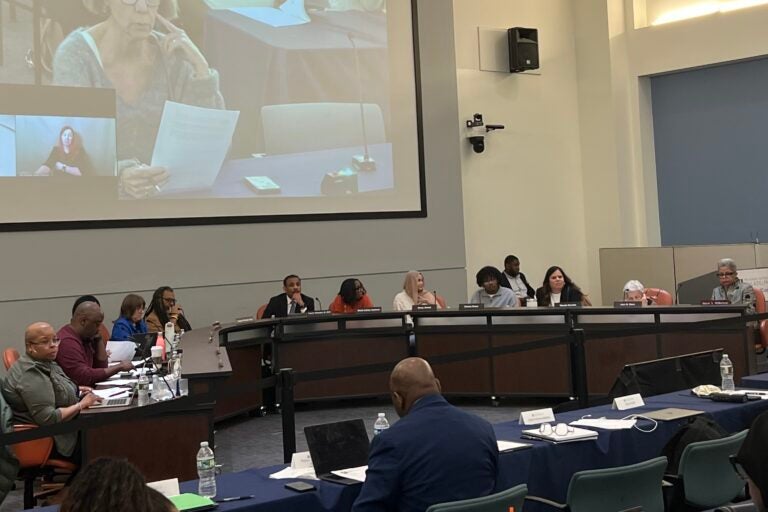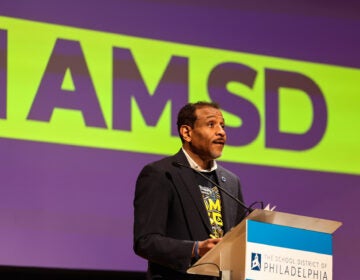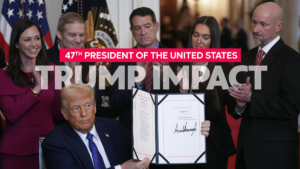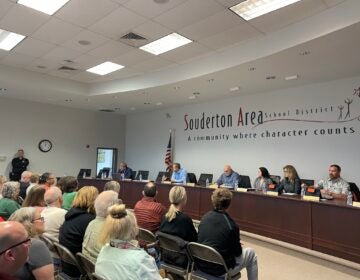Philly school district stares down a $300M deficit
The School District of Philadelphia will spend 40% of its reserves in order to avoid budget cuts for one more year. After that, there are no guarantees.

File: Philadelphia Superintendent Dr. Tony Watlington gave the first-ever State of Public Education address at the High School for the Creative and Performing Arts on Jan. 30, 2024. (Kimberly Paynter/WHYY)
From Philly and the Pa. suburbs to South Jersey and Delaware, what would you like WHYY News to cover? Let us know!
Philadelphia’s school district is facing an imminent budget shortfall, but it’s not ready to make cuts just yet.
Superintendent Tony Watlington and Chief Financial Officer Mike Herbstman presented a $4.6 billion lump sum budget proposal for fiscal year 2026 to the school board last night. The plan relies on using up 40% of the district’s “rainy day” fund to cover a projected deficit of $306.4 million. That, Watlington explained, would allow the school district’s new initiatives, which have shown some success in boosting academic outcomes, to continue uninterrupted for another year.
It also leaves a question mark hanging over fiscal year 2027, when the district would need to run through the rest of its savings and take on an extra $15 million in debt to maintain its current annual spending. By fiscal year 2030, if the current trajectory continues, the district’s cumulative debt could grow to $2 billion. Watlington said 2027 could bring with it “potentially some difficult decisions” to cut down on spending.
The board unanimously approved the preliminary budget, but not without voicing concerns.
“The situation is dire,” board member Joan Stern said. “We can’t adopt a lump sum budget and say, ‘Now we don’t have to think about money for the year because we have our funding.’ We have to use every resource, every leader, every person hearing the sound of our voices.”
Board member Joyce Wilkerson agreed. “My stomach is clenching up,” she said.
Behind the numbers
Watlington and Herbstman said that while they don’t take the recommendation to use the fund balance lightly, they want to sustain the district’s relatively new academic progress for as long as possible. Accelerate Philly, Watlington’s five-year strategic plan, launched a year and a half ago. The superintendent said the measures have yielded results, citing incremental but steady increases in math and reading scores and graduation rates.
“The dollars we’re spending are working,” Watlington said. “This is no time for a sluggish-performing school district that’s getting better to take our foot off the gas.”
The school district’s revenue is growing at a rate of 1.1% year over year, while expenses continue to soar higher. Herbstman identified the “primary drivers” of growing expenses as employee salaries and benefits, charter school payments and inflation.
Crucially, this year marks the sunsetting of federal COVID-19 relief funding, with the district facing a steep drop from $125 million in relief in 2025 to $0 in 2026. The district faced a similar deficit of about $300 million in 2022, but was able to lean on federal COVID-19 relief dollars to close the gap, delaying the impact until now.
Proposed funding increases of $14 million from the city and $160 million from the state (both of which are still working on their own budget negotiations) are still set to raise the district’s total revenue by $50 million more than last year, but rising expenditures still significantly outpace that growth. Philadelphia is the only school district in the state that is not allowed to raise its own funds, leaving it dependent on the state and city for 99% of its operating budget.
The looming fiscal cliff comes amid contract negotiations with the Philadelphia Federation of Teachers and an ongoing facilities planning process, both of which could result in additional expenses. It also coincides with a suddenly uncertain future for the federal funding streams that comprise 10% of the school district’s total budget amid President Donald Trump’s promise to dismantle the U.S. Department of Education.
Eyes on the state
Watlington emphasized repeatedly that blame for the deficit — as it stands today, and as it was in 2022 — should be placed on the state’s historic underfunding of Philly schools, which was deemed unconstitutional by the Commonwealth Court in 2023. He cited the district’s high credit ratings and recent accolades in financial reporting.
“This is very important for our legislators in Washington, Harrisburg and Philadelphia to know,” Watlington said pointedly. “This district has been a good steward of its finances.”
The state’s funding formula was deemed to be underfunding the district by $1 billion annually. At the current rate of progress through annual budgeting, it would take more than 10 years for Pennsylvania to kick in the legally adequate amount for the city.
When asked if he expected the state and city to contribute enough to mitigate some of the district’s deficit in 2027 and beyond, Watlington said that “nobody can predict the future.”
“The governor is proposing more revenue,” he continued. “The mayor is proposing more revenue. While it remains to be seen what happens in future years, I would imagine that both the governor and mayor would want to continue down this path to adequacy. And so I think we’ve got to meet them part way.”
WHYY is your source for fact-based, in-depth journalism and information. As a nonprofit organization, we rely on financial support from readers like you. Please give today.
